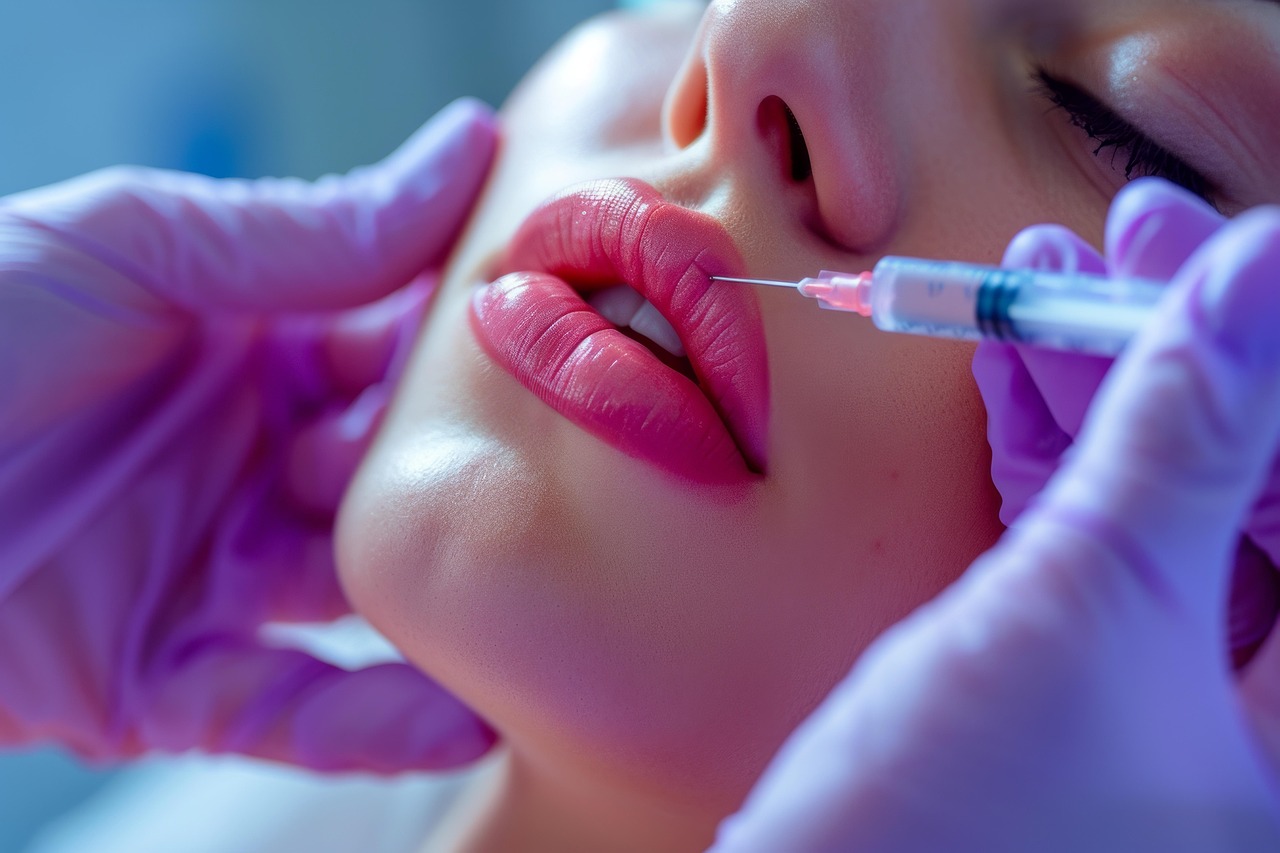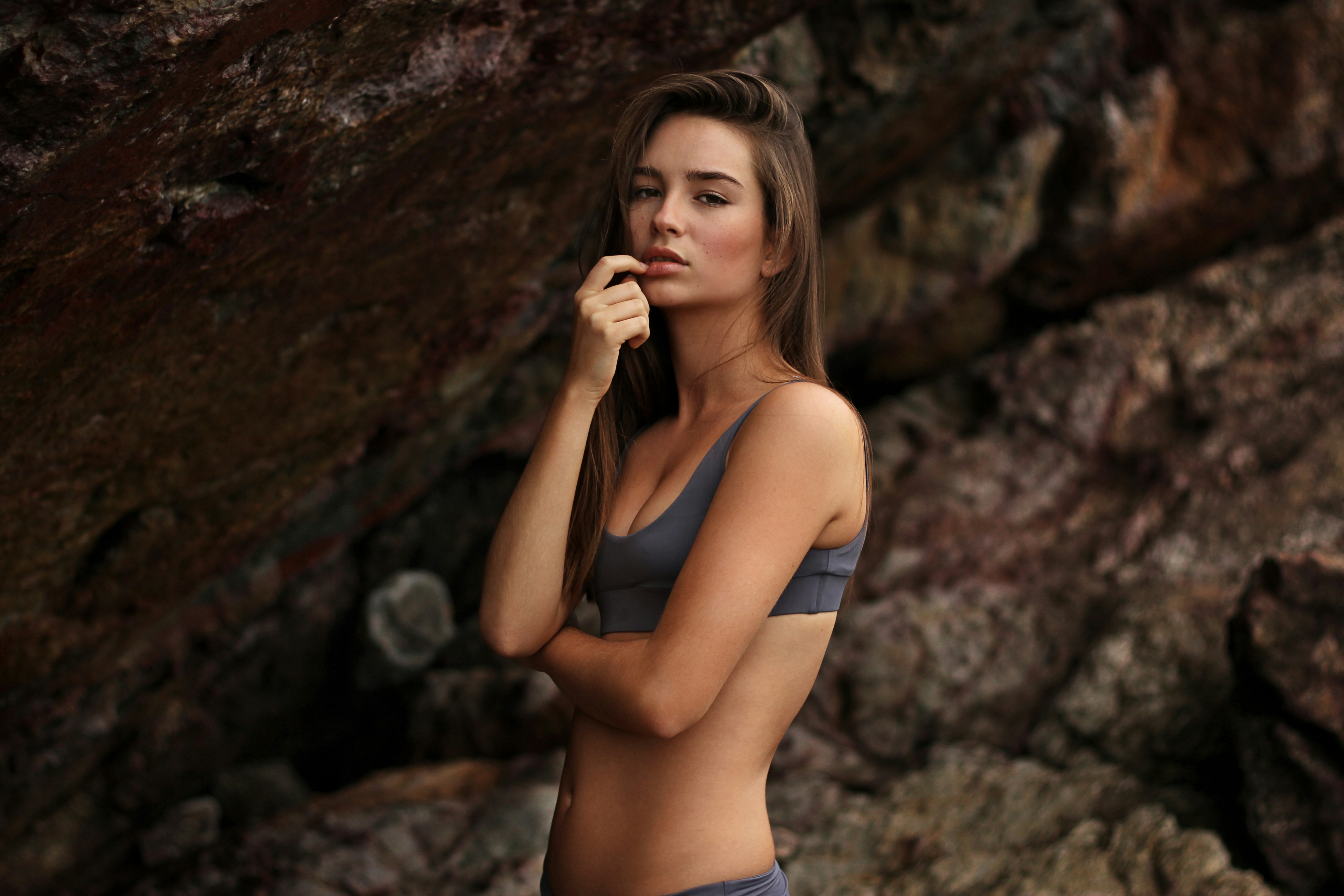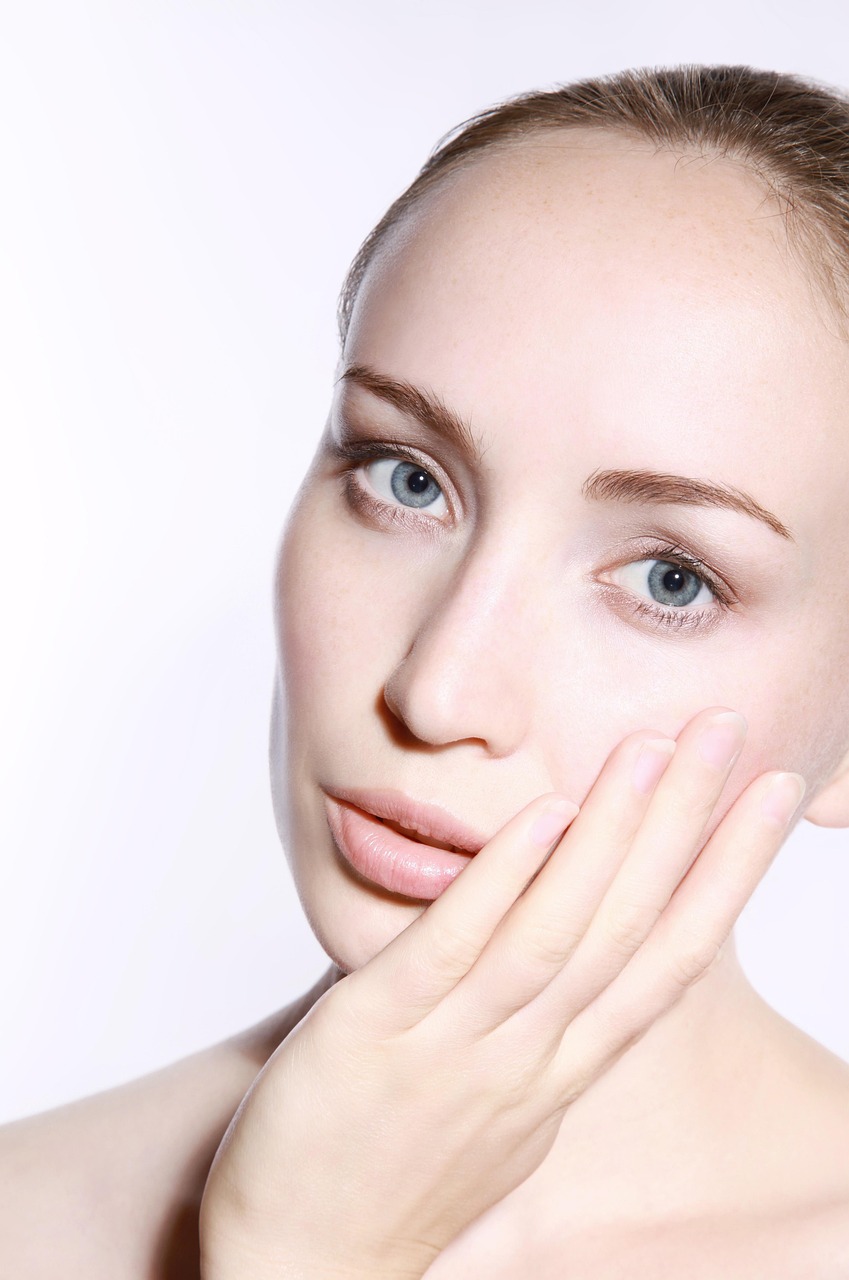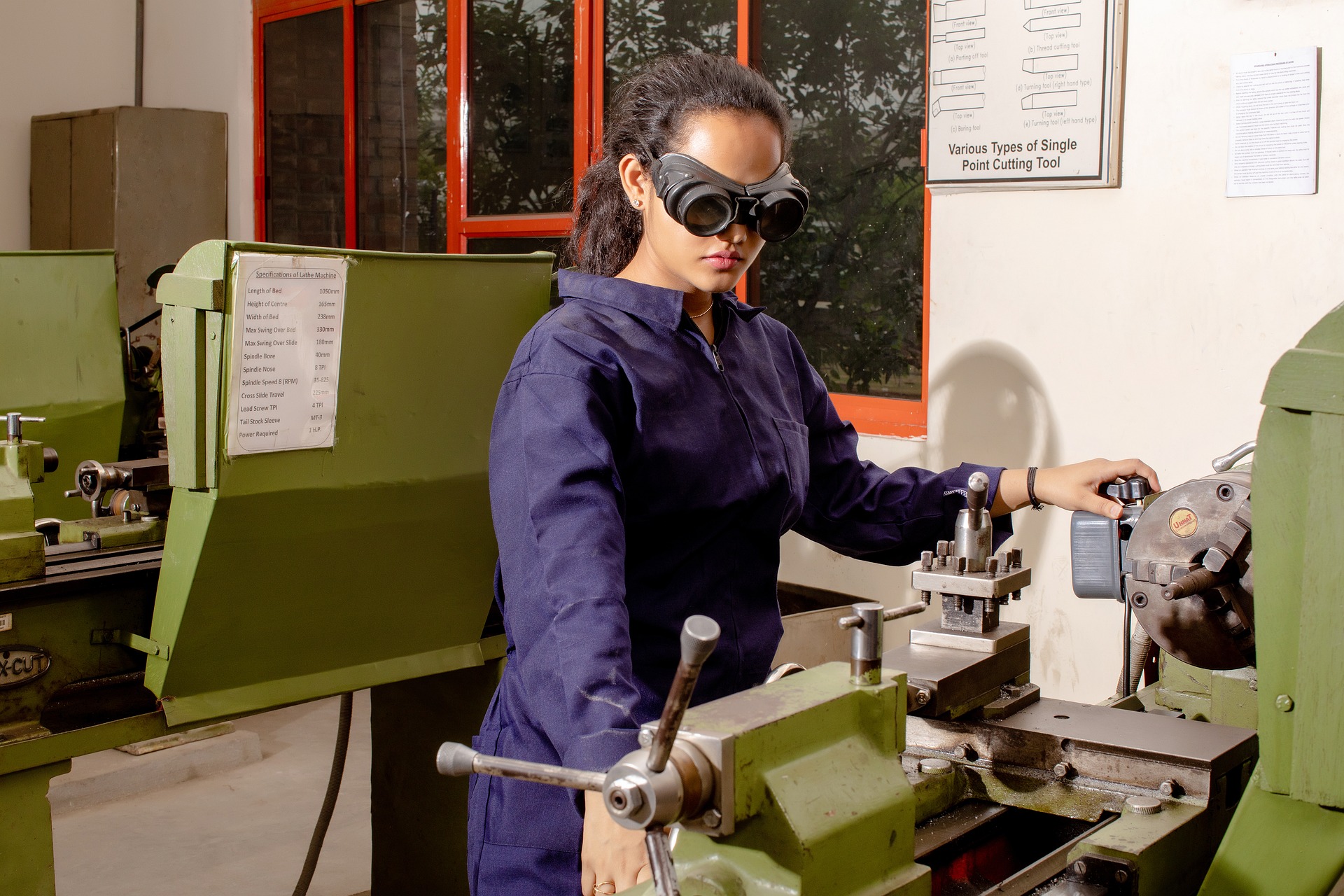An In-Depth Look at the Science and Art of Botox
The quest for eternal youth and beauty is as old as civilization itself. From concoctions of wine and herbs used by the ancient Egyptians to the high-tech laser treatments of today, humanity's pursuit of physical attractiveness has evolved tremendously. One of the most notable advancements in aesthetic medicine is Botulinum toxin, popularly known as Botox. This article delves into the science and art behind Botox, its development, current trends, and its reception in the global beauty industry.

The Origin and Evolution of Botox
Botulinum toxin was discovered in the 19th century, but it wasn’t until the late 20th century that its cosmetic potential was realized. Initially, Botox was used to treat muscular conditions and strabismus (crossed eyes). In 1987, Canadian ophthalmologists Dr. Jean Carruthers and Dr. Alastair Carruthers noticed that the furrows between the eyebrows of their patients were vanishing after treatments and this marked the birth of cosmetic Botox.
Since then, Botox has become a household name in beauty and aesthetic medicine. It’s a non-surgical procedure that temporarily paralyzes muscles, reducing the appearance of wrinkles and fine lines. It’s now used to treat a range of cosmetic concerns from crow’s feet to excessive sweating, marking its evolution as an all-around beauty solution.
The Science Behind Botox
Botox is derived from Clostridium botulinum, a bacterium that produces a neurotoxin. When injected in small amounts, this neurotoxin interferes with nerve signals in the muscles where it’s administered, causing temporary muscle paralysis. This paralysis smooths wrinkles and prevents the formation of new ones.
Botox injections are a delicate balance of science and art. The practitioner must have a deep understanding of facial anatomy and muscle interactions to place the injections accurately. The goal is to achieve a natural, refreshed look rather than a ‘frozen’ or emotionless face.
Botox: A Modern Beauty Staple
The popularity of Botox has soared over the years, making it a modern beauty staple. According to the American Society of Plastic Surgeons, Botox was the top minimally invasive cosmetic procedure in 2019, with over 7.7 million procedures performed. Its popularity can be attributed to its effectiveness, minimal downtime, and the increasing acceptance of cosmetic procedures.
Botox has also gained a foothold in preventive aging. More millennials are getting ‘preventive Botox’ to stop wrinkles before they start. This trend, known as “prejuvenation,” signifies a shift in beauty culture from reactive to proactive.
The Reception and Impact of Botox
The reception of Botox is largely positive, but not without controversy. Some critics argue that it promotes unrealistic beauty standards, while others express concern over potential long-term effects. However, many users report increased self-esteem and confidence after treatment, highlighting the positive psychological impact of cosmetic procedures.
Despite the debates, Botox’s impact on the beauty industry is undeniable. It has democratized anti-aging treatments, making them accessible to the masses. It’s also challenged the idea that aging is something to be accepted rather than fought.
The Future of Botox
The future of Botox looks promising. With advancements in technology and techniques, the use of Botox is expanding beyond aesthetic medicine. It’s being studied for use in treating conditions like depression, migraines, and even premature ejaculation. This diversification reflects the versatility of Botox and its potential to revolutionize not just beauty, but healthcare at large.
In conclusion, Botox is more than just a wrinkle smoother. It’s a testament to the progress of cosmetic science and the evolving definition of beauty. As we continue to chase the elusive fountain of youth, Botox remains a potent ally, helping millions to feel more confident, youthful, and beautiful.





